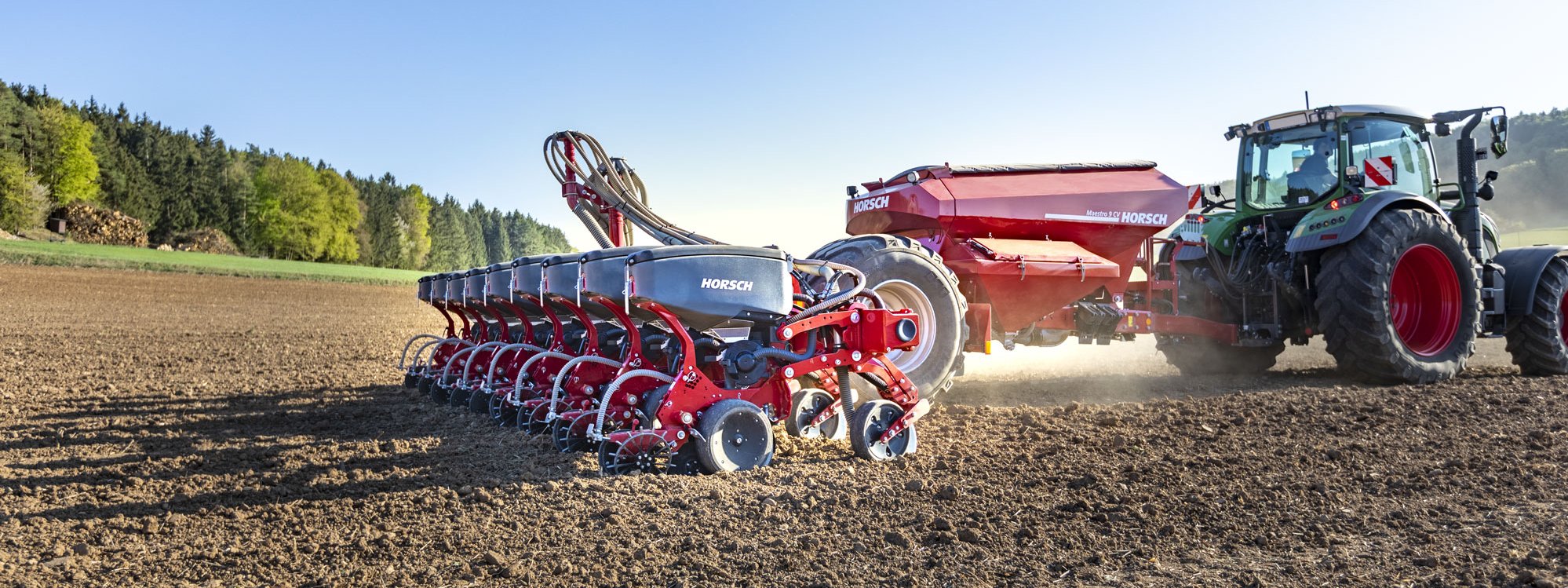Soil compaction and tyre dimensions (II)
Average reading time: 3 minutes
In the first part of our blog series, we dealt with the basic situation and the problem of soil compaction. In addition, we described possible parameters for solving the problem. In the second part of this blog series, these points will be discussed in more detail and substantiated with figures and examples.
Comparison of different tyre dimensions
A tyre with a large diameter and a high tyre cross-section is superior to a wider tyre regarding load-bearing capacity and contact area. But why is this the case?
Let's take a small calculation example to illustrate it.
Compared to a tyre with the same outside diameter and width (650/65 R42), a 650/75 R38 tyre has 20 % more air volume and about 28 % more load-bearing capacity (DLG Merkblatt 356, p.12).
If an even larger tyre cross-section was used, for example with a tyre size 650/85 R38, the load-bearing capacity could be increased by 1155 kg, considering the larger outer diameter. Consequently, an increase of the air volume is advantageous for reducing soil pressure.
If this tyre (650/85 R38) is compared with a wide tyre (900/60 R38), you will notice that the load-bearing capacity, despite the same outer diameter and rim diameter, is only slightly higher amounting to 700 kg. This is out of all proportion to the higher purchase and wear costs (DLG Merkblatt 356, p.13).
"Stretching the tyres"
Vehicle tyres with a large diameter and a high tyre cross-section also have the advantage that in case of low air pressure they can " stretch" - i.e. increase their contact area. For road transport, this means that a high air pressure and a small contact area are more cost-saving.
Combine harvesters or forage harvesters are a good example as because of the increasingly large downcast shafts it is no longer possible to mount very wide tyres (e.g. 800-900 mm), but the height of the installation space for tyres with a large tyre cross-section can be utilised. Moreover, the focus of soil conservation should also be on trailed equipment like field sprayers or single grain seed drills.
What is important to know?
To summarise both blog articles, the following points are essential for the soil-conserving use of modern agricultural machinery:
- A higher air volume favours the load-bearing capacity of a tyre. But a low air pressure in the field prevents soil compaction (tyre inflation system).
- The use of tyres with a large outer diameter and a large tyre cross-section in many respects is superior to a wide tyre.
What is the next step?
In the next part, we will look at practical approaches to minimise soil pressure. How can costs be reduced and area output be increased? Why are tracks so bad for the field? These and many other questions will be discussed.


